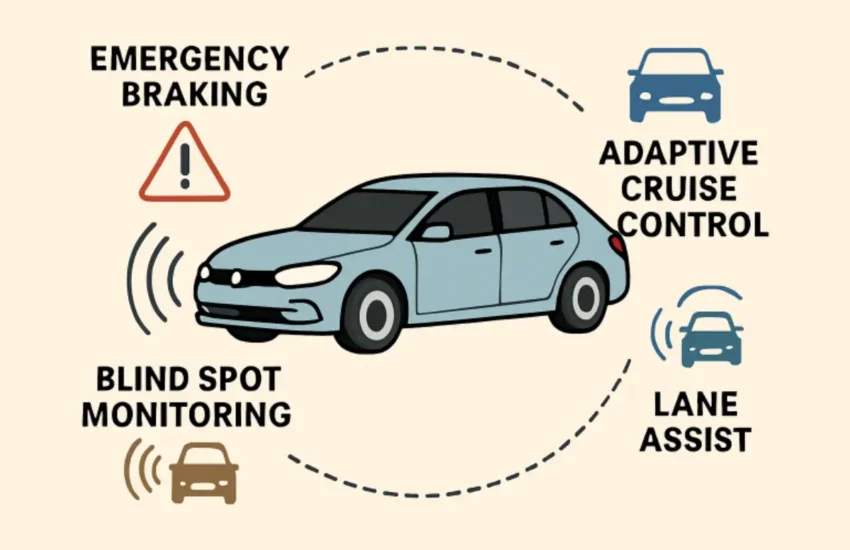
As pet owners, we know how concerning it can be when our dogs suddenly lose interest in food and water. While occasional appetite fluctuations are normal, a persistent refusal to eat or drink may indicate an underlying issue. Understanding the possible causes can help you determine the best course of action to ensure your dog’s well-being.
Contents
Common Reasons for Loss of Appetite and Thirst
Several factors can contribute to a dog’s reluctance to eat or drink. Some are minor and temporary, while others require prompt veterinary attention. Below are eight common reasons why your dog might be refusing food and water.
1. Illness or Medical Conditions
Dogs can lose their appetite due to underlying health issues such as infections, kidney disease, liver disease, or cancer. Conditions like diabetes and gastrointestinal disorders can also make eating and drinking uncomfortable. If your dog is also lethargic, vomiting, or experiencing diarrhea, a visit to the vet is crucial.
2. Dental Problems
Painful dental conditions like gum disease, broken teeth, or oral infections can make eating difficult. If your dog shows signs of drooling, pawing at the mouth, or reluctance to chew, a dental check-up is recommended. Addressing dental health early can prevent further complications.
3. Recent Vaccination or Medication Side Effects
Vaccinations protect against serious diseases, but some dogs experience mild side effects, including a temporary loss of appetite. Similarly, medications such as antibiotics or pain relievers can cause nausea or digestive discomfort. If the issue persists for more than 24 hours, consult your veterinarian.
4. Stress or Anxiety
Changes in the household, such as a new pet, a move, or a loud environment, can cause anxiety and affect your dog’s eating habits. Dogs thrive on routine, so maintaining a consistent feeding schedule and providing a calm environment can help alleviate stress-related appetite loss.
5. Change in Diet or Food Preferences
Dogs can be particular about their food. A sudden switch in brand, flavor, or texture may lead to food rejection. If you need to change your dog’s diet, do so gradually over a week by mixing new food with the old to prevent digestive upset.
6. Environmental Factors
Extreme weather conditions, such as hot temperatures, can lead to a temporary loss of appetite or thirst. Ensuring your dog has access to fresh, cool water and feeding during cooler parts of the day can encourage eating and drinking.
7. Digestive Issues or Nausea
Gastrointestinal problems, such as an upset stomach, indigestion, or food intolerance, can make a dog refuse food and water. If your dog is experiencing vomiting, diarrhea, or excessive gas, they may need medical attention to rule out any serious issues.
8. Aging and Senior Dog Considerations
Older dogs often experience changes in metabolism and appetite. Conditions like arthritis, cognitive decline, or organ dysfunction can contribute to reduced interest in food. If your senior dog is struggling to eat, softer food or a specialized senior diet may help.
When to Seek Veterinary Care
If your dog refuses food and water for more than 24 hours, has noticeable weight loss, exhibits signs of pain, vomiting, diarrhea, or unusual behavior, it’s time to call the vet. Prolonged loss of appetite can be dangerous, leading to dehydration and worsening of underlying conditions.
In some cases, a dog’s refusal to eat and drink can be an early indicator of a more serious condition. According to Compassionate Care, the best pet euthanasia and pet cremation company in Oregon, persistent loss of appetite can be one of the signs that your dog is dying. If your dog is refusing food for an extended period, along with extreme lethargy, withdrawal from family members, or labored breathing, it may be a sign of severe health decline requiring immediate veterinary evaluation.
Home Remedies and Encouraging Eating and Drinking
While waiting for a veterinary appointment, you can try the following to encourage your dog to eat and drink:
- Offer Warmed or Wet Food: Warming up food or adding broth can enhance the aroma and make it more appealing.
- Hand-Feeding: Some dogs respond positively to hand-feeding, especially when feeling unwell or anxious.
- Try a Different Bowl or Location: Some dogs may be more comfortable eating in a quiet space or from a different bowl.
- Ensure Hydration: If your dog refuses water, try offering ice cubes, low-sodium chicken broth, or a pet hydration supplement.
Conclusion
A dog’s refusal to eat and drink can be distressing, but understanding the possible causes can help you take appropriate action. If loss of appetite persists or is accompanied by worrying symptoms, consult your veterinarian to rule out serious conditions.



Leave a Reply
You must be logged in to post a comment.